In this article, you’ll learn what are the different types of aircrafts? And their working and applications are explained with pictures.
Also, you can download the PDF file at the end of this article.
What is Aircraft?
Aircraft are machines that have been designed for the purpose of flying through the air. An aircraft may also be referred to as an airplane, an airliner, or just a plane. It can be powered or unpowered and come in various shapes, such as balloons, gliders, helicopters, and airplanes.
A variety of methods are used by aircraft to generate lift and propulsion, including wings and jet engines. As technology and materials advanced, it led to improvements in efficiency, speed, and safety in the design and construction of aircraft.
There are many uses for aircraft, including commercial transportation, military operations, scientific research, and entertainment. People can now travel faster and farther than ever thanks to the invention of aircraft, which has completely changed modern transportation.
Are you interested in aviation and curious about the various types of aircraft and their intended uses? You can learn all you need to know in this article. Let’s get started.
Read Also: 7 Essential Parts of Aircraft & Its Functions [You Must Know Them All]
Types of Aircrafts
There are many different types of aircraft, some of which are as follows:
- Fixed-wing aircraft
- Rotary-wing aircraft
- Balloons
- Airships
- VTOL (Vertical Takeoff and Landing) aircraft
- STOL (Short Takeoff and Landing) aircraft
- Amphibious aircraft
- Gliders
- Helicopters
- Biplanes
- Gyroplanes
- Parachutes
- Tricycle gear aircraft
- Business jets
- Light-Sport aircraft
- Floatplanes
- Cargo planes
- Turboprops
- Experimental aircraft
- Military aircraft
#1 Fixed-wing Aircraft
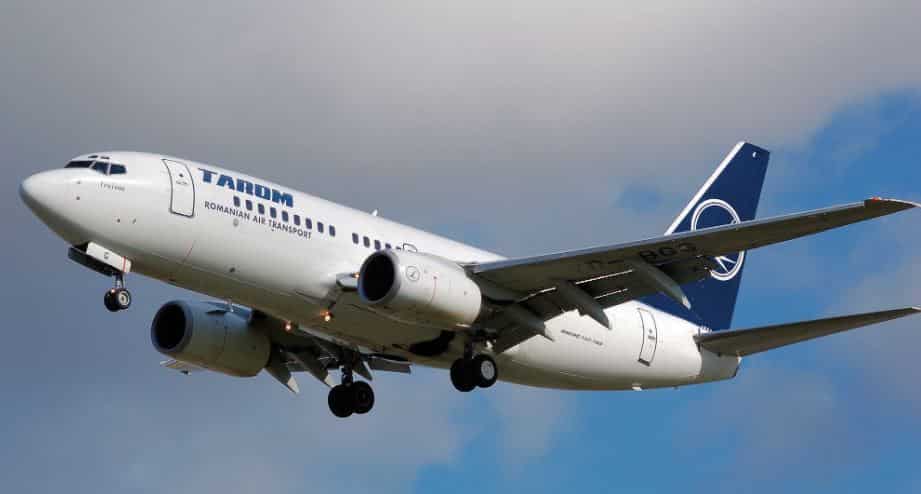
Fixed-wing aircraft are those that have their wings attached to the fuselage so that they can create lift while flying through the air. This lift is produced by the air flowing over the curved surface of the wing, which results in an area of low pressure above the wing and an area of high pressure below the wing.
From small, single-engine aircraft to huge commercial airliners, fixed-wing aircraft cover a wide range of aircraft. The forward thrust required to move the aircraft through the air is typically provided by one or more jet engines or propeller engines.
#2 Rotary-wing Aircraft
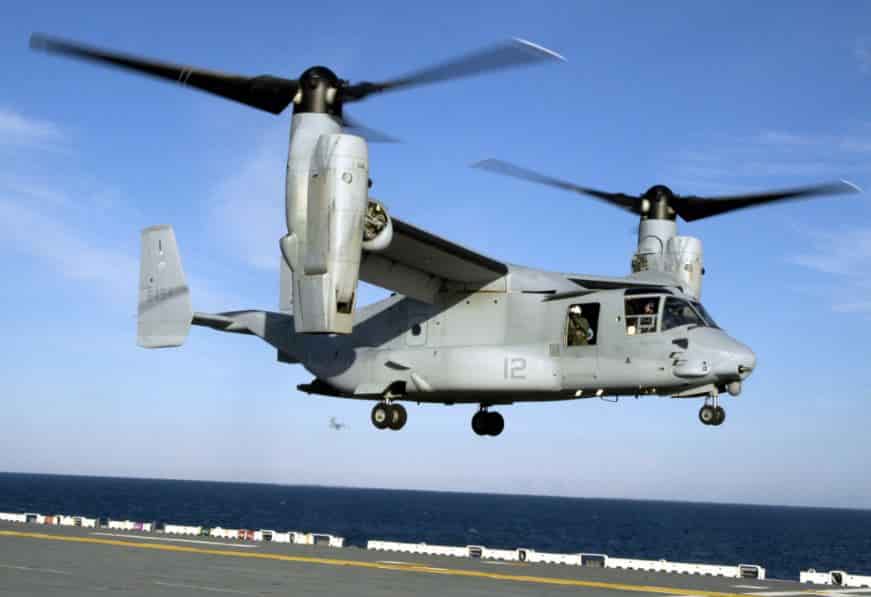
A rotary-wing aircraft uses rotating blades or rotors to generate lift, allowing it to hover in place and take off vertically and land vertically. Helicopters are the most common and popular rotary-wing aircraft, but autogyros and tiltrotors are also available.
A rotary-wing aircraft has a rotor that can be controlled to move in any direction. This rotor is powered by an engine. In general, rotary-wing aircraft are adaptable and suitable for various uses, such as transport, search and rescue, and military operations. They can fly in places where fixed-wing aircraft cannot, including cities, mountainous terrain, and the ocean.
Read Also: 18 Types of Motorcycles Explained [Explained with Names & Pictures]
#3 Balloons
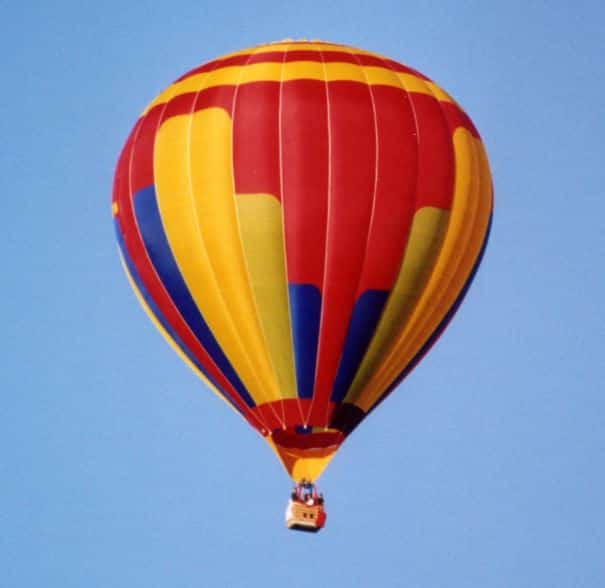
A balloon aircraft is a type of aircraft that obtains lift from a sizable, lightweight, frequently spherical, or elongated balloon that is filled with helium or hot air. By controlling the gas density within the balloon, balloon aircraft rise and fall passively, unlike airplanes and helicopters, which require propulsion systems to move through the air.
Hot air balloons, gas balloons, and hybrid balloons, which use hot air and gas to produce lift, are some of the more popular balloon aircraft. In addition to being used for fun activities like sightseeing and thrill rides, balloon aircraft are also frequently used for scientific research, weather observation, and other uses that call for a stable and controlled platform in the air.
#4 Airships
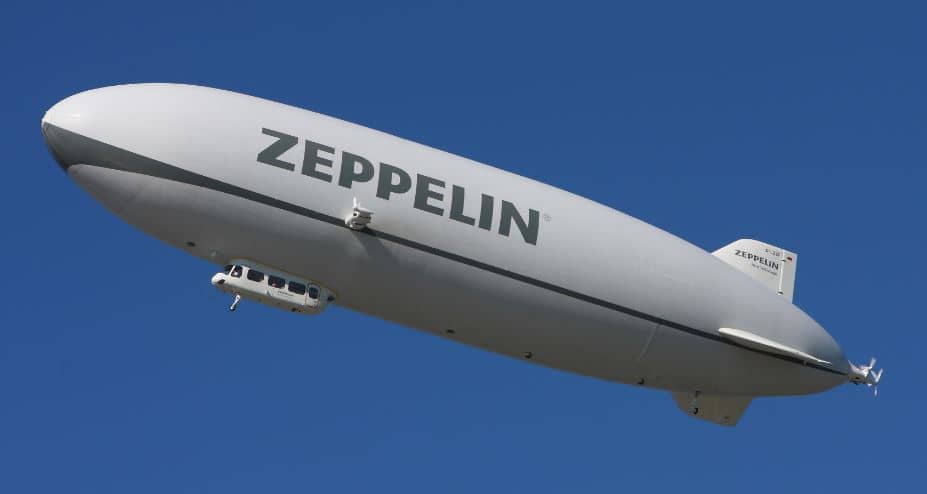
Airships are a types of aircrafts that move through the air using a propulsion system and a large, gas-filled envelope or bladder as lift. For lift, airships typically use gases like helium and are lighter than air.
In contrast to balloons, airships have an internal framework that helps them keep their shape and serves as a platform for the mounting of engines, control surfaces, and other machinery. Airships are divided into rigid and non-rigid types.
A rigid airship has a fixed internal framework and typically includes a gondola or cabin for passengers or crew. Non-rigid airships rely on gas pressure within the envelope to keep their shape.
Read Also: Understand Basic Parts of Motorcycle & Their Functions [with PDF]
#5 VTOL (Vertical Takeoff and Landing) Aircraft
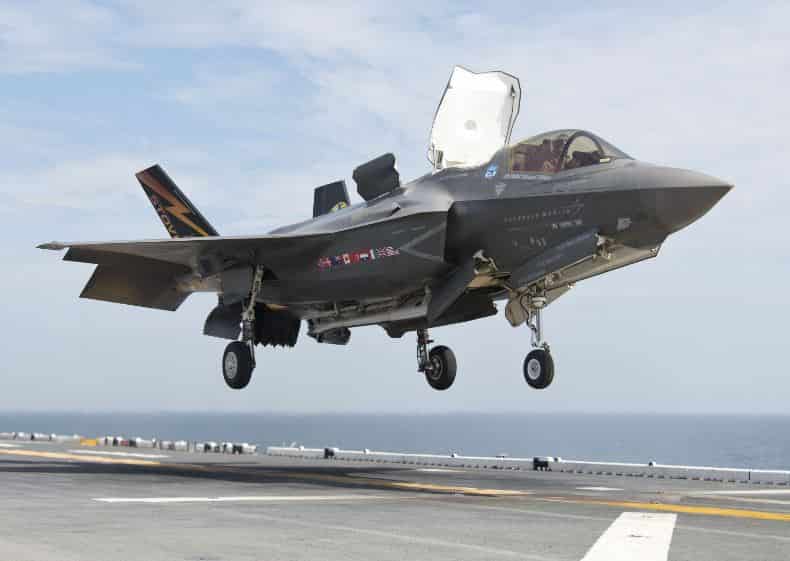
An aircraft that can take off and land vertically without using a runway is known as a VTOL (vertical take-off and landing) aircraft. To do this, a propulsion system is used, usually in the form of rotating engines or thrusters that can be directed to provide lift and directional control.
Helicopters, tiltrotors, and other specialized designs like multirotor drones or electric vertical take-off and landing (eVTOL) aircraft can all be classified as VTOL aircraft. Due to their vertical takeoff and landing capability, VTOL aircraft are widely used for military operations, search and rescue missions, medical transport, and urban air mobility.
#6 STOL (Short Takeoff and Landing) Aircraft
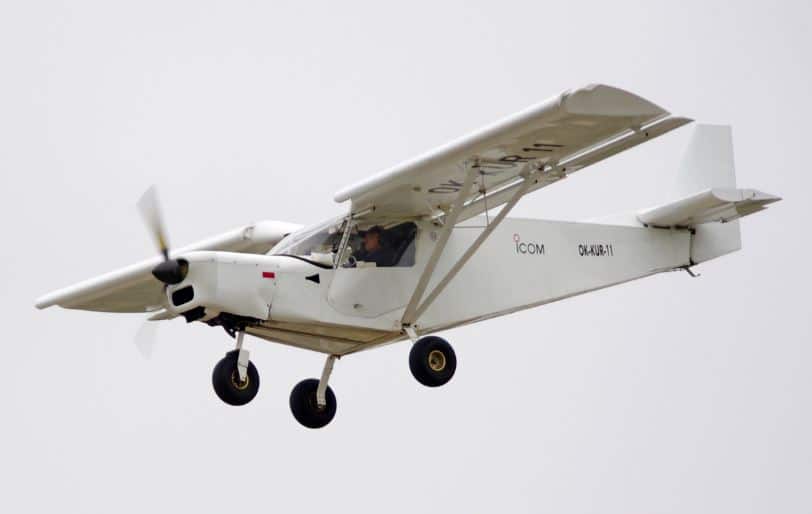
These are types of aircrafts known as a STOL, or short takeoff and landing, is built to operate from runways that are smaller than those needed by regular aircraft. The good thing about STOL aircraft is that they can take off and land at shorter distances, thanks to features such as high-lift wings, flaps, and advanced technology.
In situations where the length of the runway is restricted, such as in remote locations or on unpaved runways, STOL aircraft are frequently used. Aircraft in this class is ideal for transporting passengers and cargo, performing search and rescue operations, and performing military operations.
Examples: The de Havilland Canada DHC-6 Twin Otter, the Pilatus PC-6 Porter, and the Dornier Do 228 are a few examples of STOL aircraft.
Read Also: 20 Different Types of Ships & Their Functions [Explained]
#7 Amphibious Aircraft
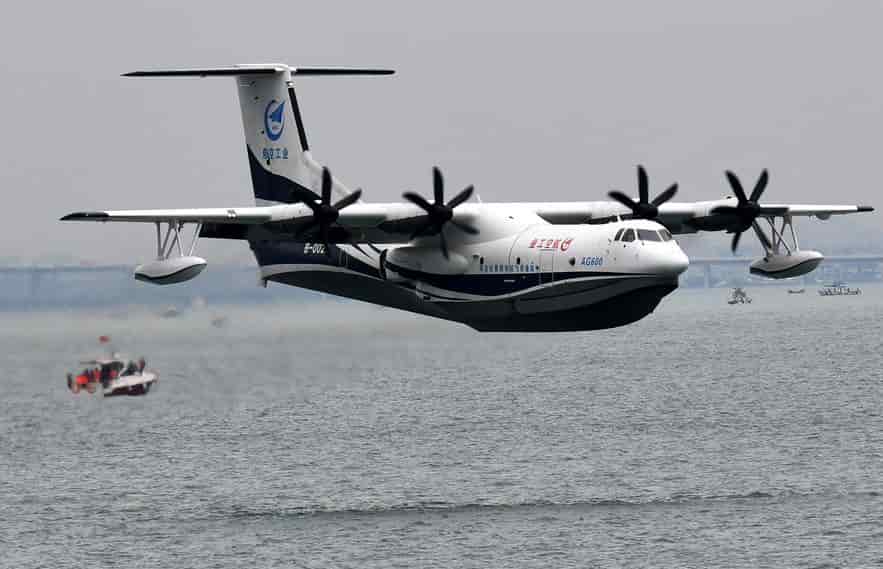
An amphibious aircraft also referred to as an amphibian or a multipurpose aircraft, is one that can operate, take off, and land on both land and water. To function on both land and water, these aircraft frequently have features like retractable landing gear, hulls or floats, and water rudders.
This aircraft differs from most floatplanes in that the engine is either ahead of or even above the wing. Numerous uses for amphibious aircraft include transportation, search, rescue, fighting fires, and conducting scientific research. This aircraft is adaptable and helpful in circumstances requiring access to far-off or challenging locations.
Examples: The Grumman G-21 Goose, Dornier Do 24, and Canadair CL-415 are a few examples of amphibious aircraft.
#8 Gliders
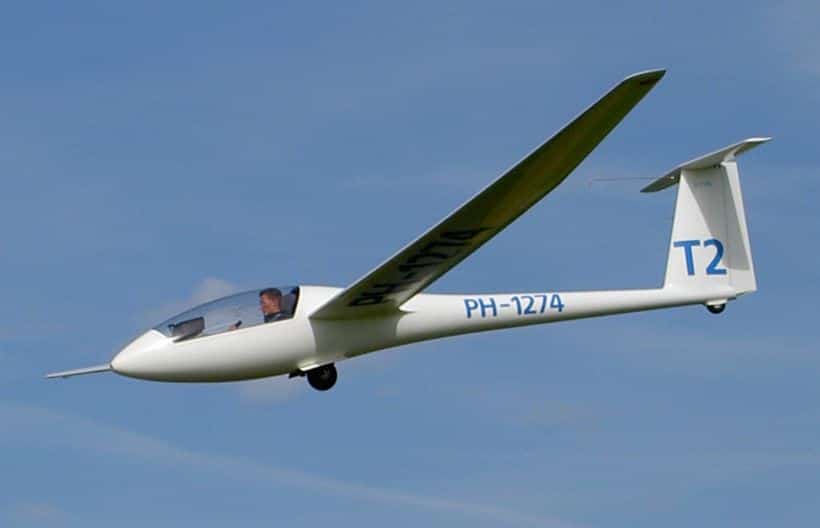
An aircraft known as a glider is made to fly without an engine or other propulsion system. In order to maintain or gain altitude, gliders use thermals, updrafts, and ridge lifts to sustain themselves.
A glider is usually made of lightweight materials such as wood, plastic, or composite materials and has a high aspect ratio wing design to achieve a high glide ratio. These are frequently used in glider racing and leisure activities like soaring, aerobatics, and cross-country flights. The majority of gliders are compact and only hold a maximum of two people.
Examples: The Schleicher ASK 21, the Schempp-Hirth Discus, and the Jonker JS1 Revelation are a few examples of gliders.
Read Also: Understand The List of Car Body Parts [Names & Functions]
#9 Helicopters
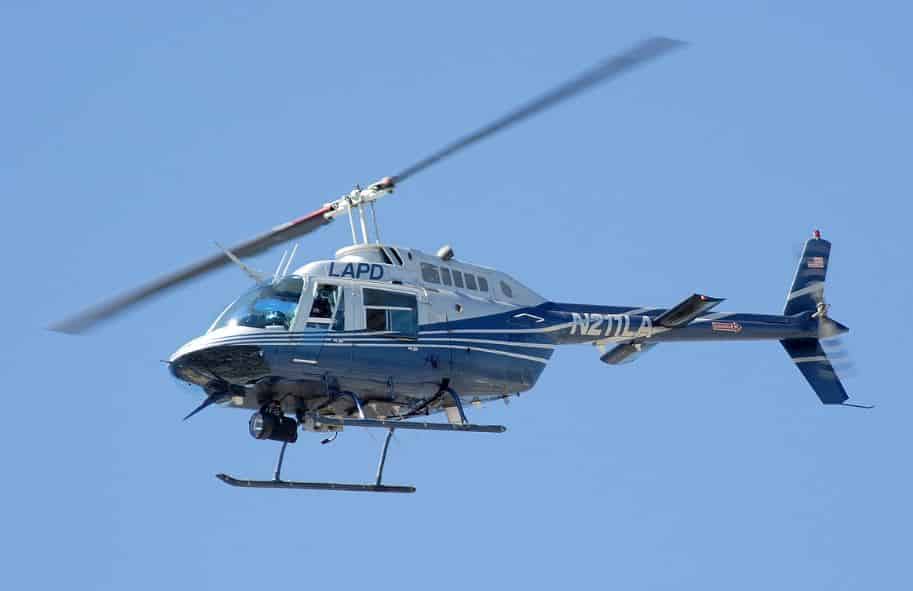
Helicopters are rotary-wing aircraft with one or more rotors that lift and propel them. In contrast to fixed-wing aircraft, helicopters have the ability to hover stationary, fly in any direction, and carry out a variety of other acrobatics.
The rotor system is made up of a tail rotor for directional control and two or more rotors that are mounted on top of the main fuselage or body. A helicopter’s rotors are rotated by an engine to produce lift and thrust. Nowadays, the helicopter is primarily used for government, aerial observation, tourism, construction, rescue, and military applications.
Examples: The Eurocopter EC135, the Sikorsky UH-60 Black Hawk, and the Bell UH-1 Iroquois are a few examples of helicopters.
#10 Biplanes
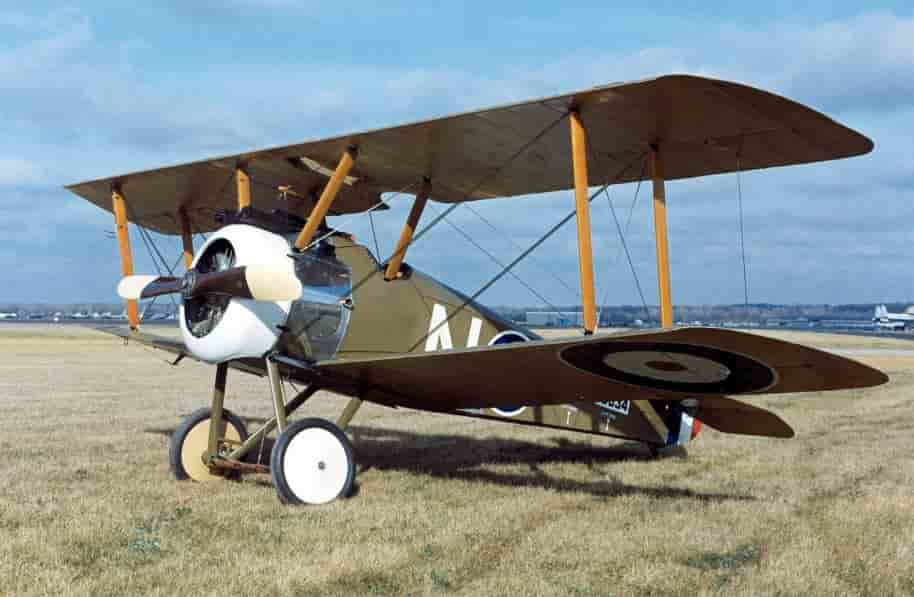
A biplane is a fixed-wing aircraft with two pairs of wings stacked, one on top of the other. The top wings are usually smaller than the bottom wings and are located just above the fuselage. Whereas the lower wings are attached to the fuselage directly.
These are types of aircrafts lighter but have excellent stiffness and efficiency. Biplanes were popular in early aviation due to their stability, versatility, and ability to fly at low speeds. Biplanes served a variety of purposes, including military operations, aerobatics, and air racing.
Examples: The Fokker D.VII, Curtiss P-6 Hawk, and Boeing-Stearman Model 75 are a few examples of biplanes.
Read Also: Different Types of Metals: Their Properties & Uses [Full Details]
#11 Gyroplanes
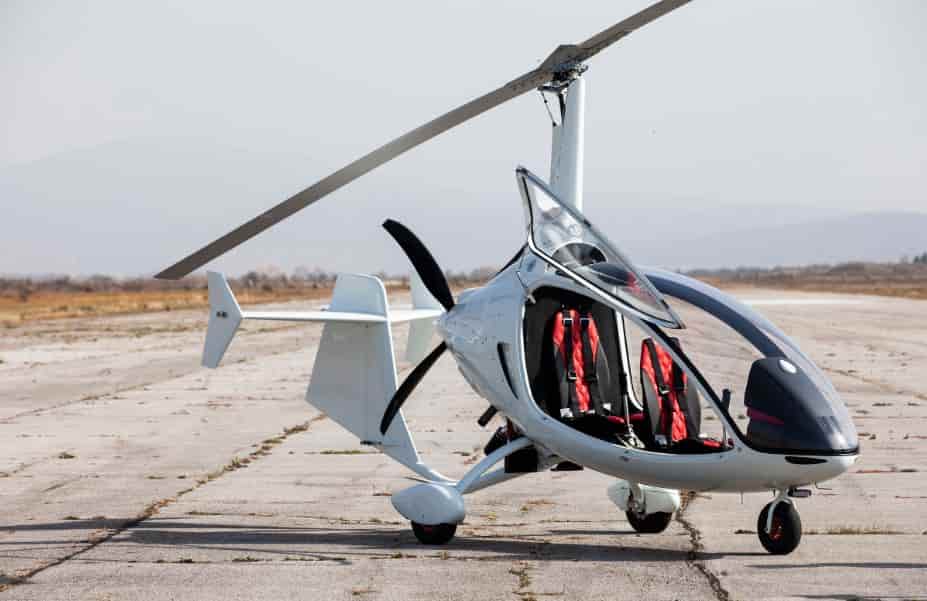
An autogyro or gyroplane is a type of aircraft that functions similarly to a helicopter by using a rotor to provide lift. However, a gyroplane’s rotor is not powered by an engine like a helicopter is. The rotor self-propels according to how air flows through it, and the air flows to assist the gyroplanes in lifting upward.
An aircraft’s forward motion is provided by a traditional engine and propeller. Gyroplanes typically have smaller rotors than helicopters, and they cannot hover in one place. Because of their stability and controllability, these planes can land and take off from confined spaces. They are frequently used for entertainment like sightseeing and photography.
Examples: The Kellett K-2, the Magni M-24 Orion, and the Autogyro Cavalon are a few examples of gyroplanes.
#12 Parachutes
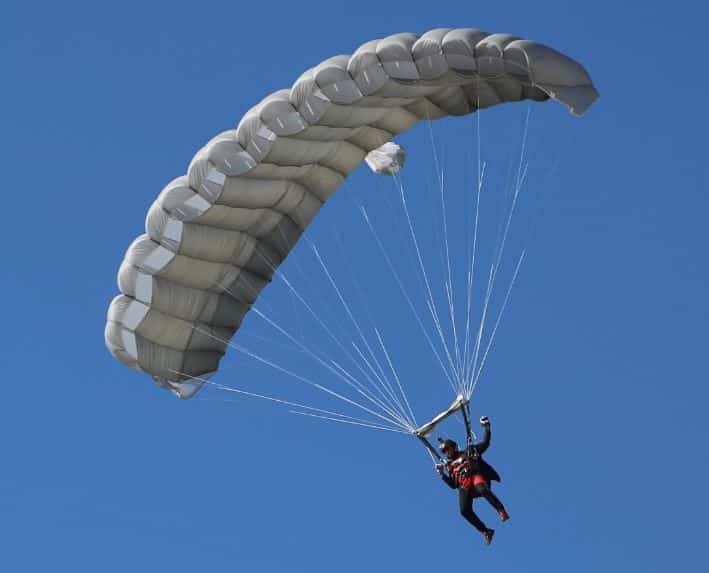
We frequently hear and see parachutes, which are the most common kind. They are air-flowing craft that moves slowly and generates drag when landing. Typically, parachutes are shaped like a sizable canopy or umbrella and constructed of lightweight, high-strength fabric.
A parachute deploys by opening and catching the air, which generates a force that opposes gravity and slows an object’s descent. There are many uses for parachutes, including in military operations, emergency exits from aircraft, sporting and leisure pursuits, and academic research.
Examples: The Ram-Air Parachute, the round parachute, and the T-11 Personnel Parachute System are a few examples of parachutes.
Read Also: What are the Properties of Steel? [Definition & Characteristics]
#13 Tricycle Gear Aircraft
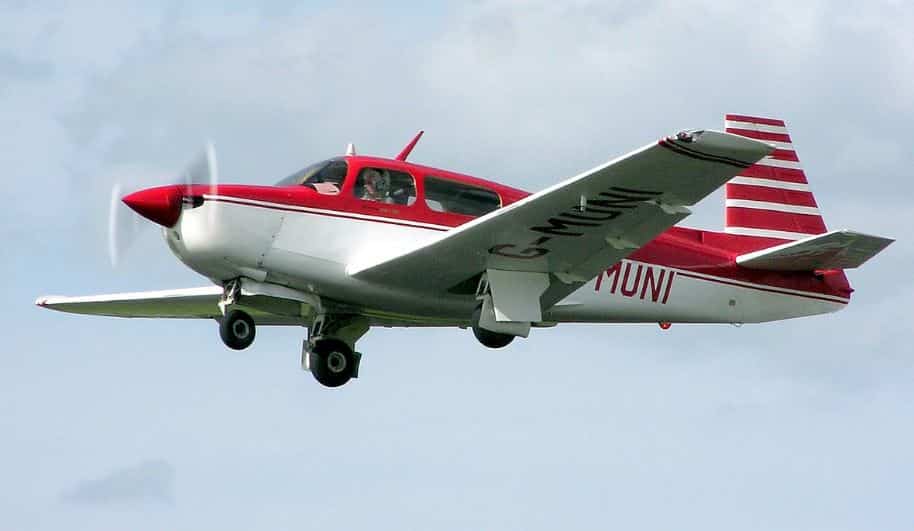
An aircraft with tricycle gear has three wheels. Normally, the aircraft’s two main wheels are placed towards the back, while the nose wheel is placed towards the front. This design makes it simpler to control the aircraft on the ground.
It also offers a stable platform for takeoff and landing. These are known for being lighter, having better ground visibility, and easing takeoff and landing. These types of aircraft are used for commercial air travel, flight training, and general aviation.
Examples: The Cirrus SR22, Piper PA-28 Cherokee, and the Cessna 172 are a few examples of aircraft with tricycle gear.
#14 Business Jets
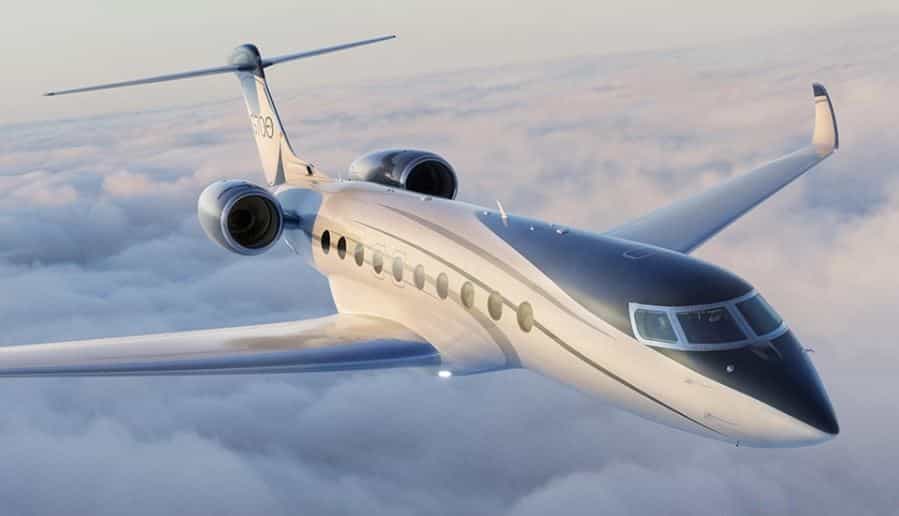
A private jet or business jet is used to transport individuals or small groups of people for business or personal purposes. These aircraft can be flown by a single pilot or a small flight crew. Business jets are typically smaller than commercial airliners.
Executives, famous people, and wealthy people frequently use them for personal or business transportation because of their famed speed, comfort, and range. Small, single-engine business jets are available, as are large, long-range jets that can fly more than 10,000km without refueling.
Examples: The Gulfstream G650, Bombardier Challenger 605, and Cessna Citation X are a few examples of business aircraft.
Read Also: 10 Types of Transmission Systems Used In Vehicle [Learn Them]
#15 Light-Sport Aircraft
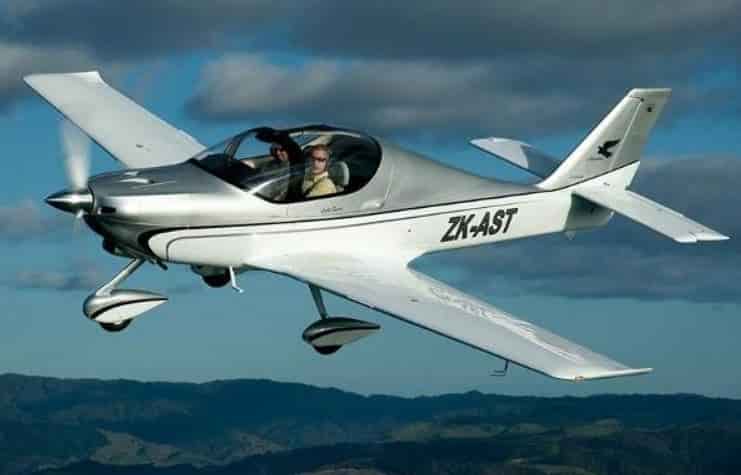
These are made to agree to specific operational and performance standards established by aviation authorities like the Federal Aviation Administration (FAA) in the US. These types of aircrafts are designed to be easier to use and less expensive to own and maintain.
Petrol, diesel, and electric motors are just a few of the engines that LSAs can run on. They may be a little heavier than ultralight aircraft, but they are elegant and stylish. LSAs are frequently used for activities like sightseeing, aerial photography, and flight training.
Examples: The Tecnam P2008, the Icon A5, and the CubCrafters Carbon Cub are a few examples of LSAs.
#16 Floatplanes
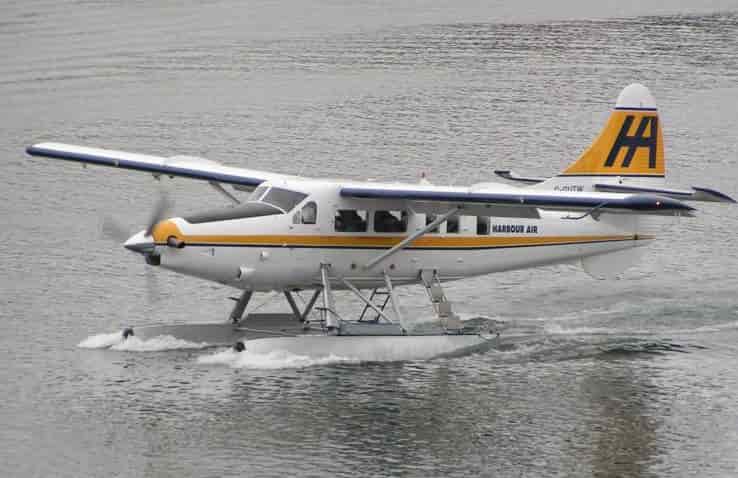
Instead of wheels or landing gear, floatplanes are built to take off and land on water. These aircraft have special float structures attached to the bottom of their fuselages, which give them buoyancy.
Typically, floatplanes are used in remote wilderness locations, coastal regions, and lakes where there are no suitable runways. These types of aircrafts are frequently used for travel, sightseeing, and other leisure pursuits like fishing and hunting. They range in size and configuration from small, single-engine aircraft to large, multi-engine aircraft.
Example: The Grumman G-73 Mallard, the de Havilland Canada DHC-2 Beaver, and the Cessna 208 Caravan are a few examples of floatplanes.
Read Also: Important List of Bike Engine Parts [Explained with Names & Functions]
#17 Cargo Planes
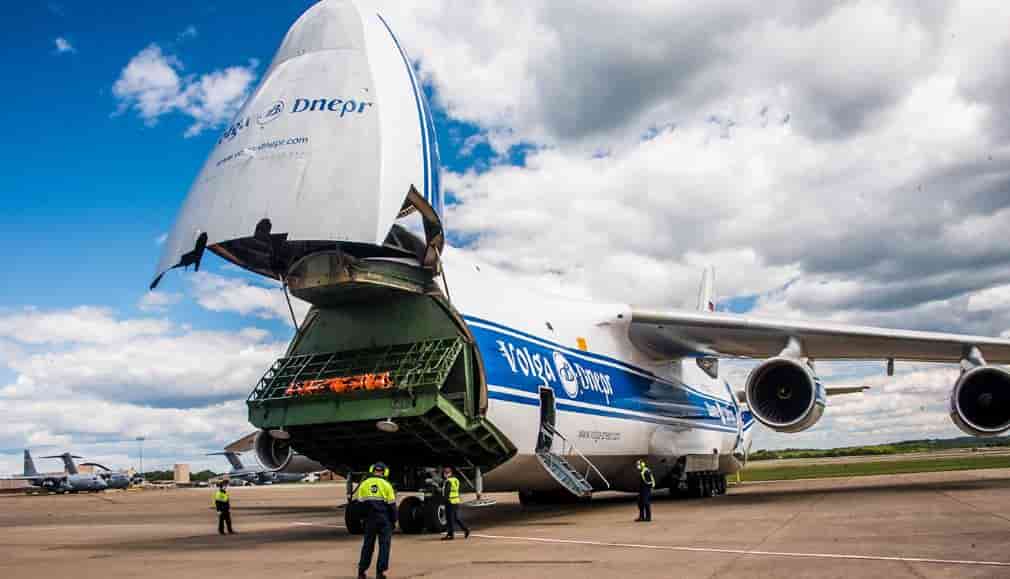
As its name implies, this aircraft is built and equipped to transport goods and cargo. They range from small single-engine turboprop aircraft to huge wide-body jets that can carry hundreds of metric tonnes of cargo.
Cargo planes have large cargo doors and ramps, specialized cargo handling equipment, and adjustable cargo loading systems. These are utilized for moving goods between manufacturing and distribution facilities, delivering aid and supplies to disaster areas, and moving military personnel and equipment.
Examples: The Boeing 747, McDonnell Douglas DC-10, and Airbus A330 are some of the most popular models of cargo aircraft.
#18 Turboprops
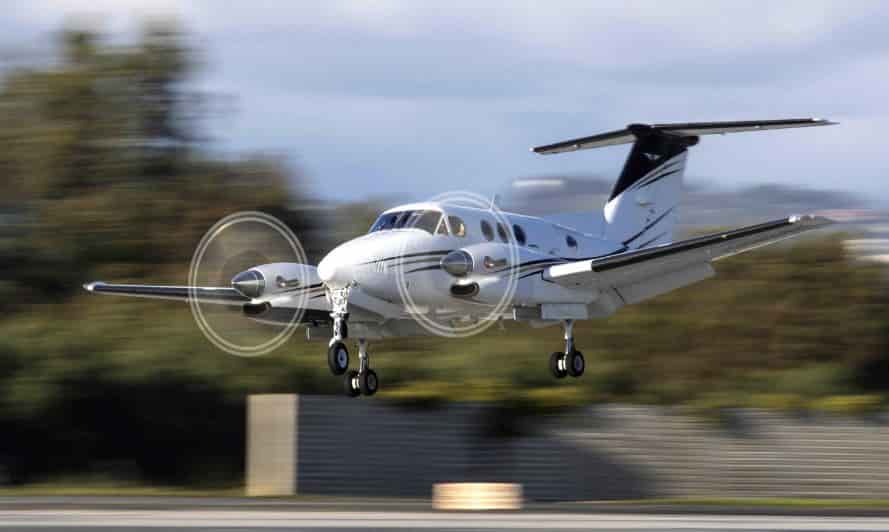
Turboprops are propelled by a gas turbine engine that drives a propeller. A turbine in the engine turns the propeller, generating thrust to propel the aircraft forward. They use less fuel and have lower operating costs.
Turboprops come in a variety of sizes, from small commuter planes with a few passengers to larger regional jets with up to 80 seats. These types of aircrafts are frequently used for intercity air travel, such as connecting smaller cities and towns to bigger airports. But compared to jet planes, these types of aircraft move more slowly.
Examples: The Beechcraft King Air, ATR 42, and De Havilland Canada Dash 8 are some well-known examples of turboprops.
Read Also: Understand Types of Pumps and Their Working [Explained]
#19 Experimental Aircraft
Experimental aircraft are created and manufactured for non-commercial uses like research, instruction, or entertainment. The same rules that apply to commercial aircraft do not apply to them because they are not certified by aviation authorities.
Typically, these aircraft are small, single-seaters or large, complex aircraft that are used for testing new technologies/materials/designs. Several groups and clubs exist to promote safe practices and share knowledge about experimental aircraft.
Examples: The Lancair Legacy, Velocity V-Twin, and EAA Biplane are examples of experimental aircraft.
#20 Military Aircraft
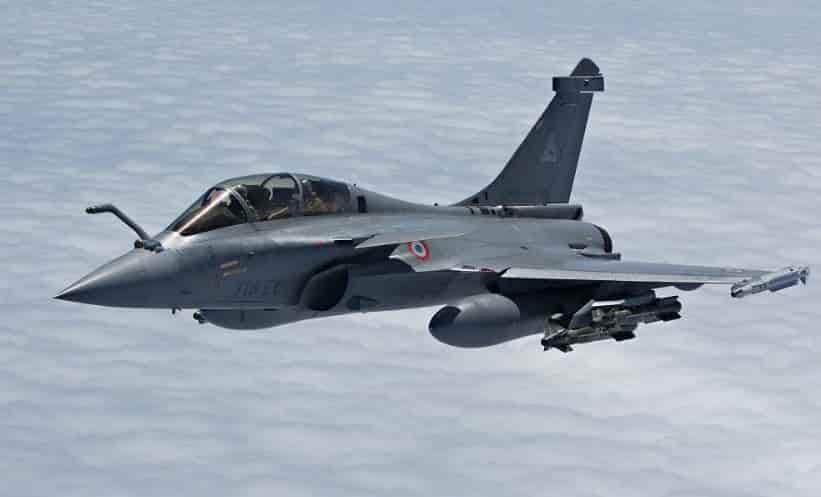
Military aircraft are specialized planes made for military use. These types of aircrafts are utilized in a variety of operations, such as air-to-air combat, ground attack, reconnaissance, and transport. A military aircraft is equipped with advanced features, such as specialized weaponry and advanced avionics.
They have been vital to numerous military operations throughout history, and they regularly make up the core of contemporary military tactics. With advances in technology, military aircraft are continuously becoming more capable and efficient in their missions.
Closing It Up
That’s it. Thanks for reading. I hope I have covered everything about “Types of Aircrafts.” It would be helpful if you could let me know if there was anything I missed or if you have any doubts about anything I wrote. Please share this article with your friends if you find it interesting.
Want free PDFs direct to your inbox? Then subscribe to our newsletter.
Download PDF of this article:
You might like to read more in our blog:
All good. thanks
You’re welcome.
Wow